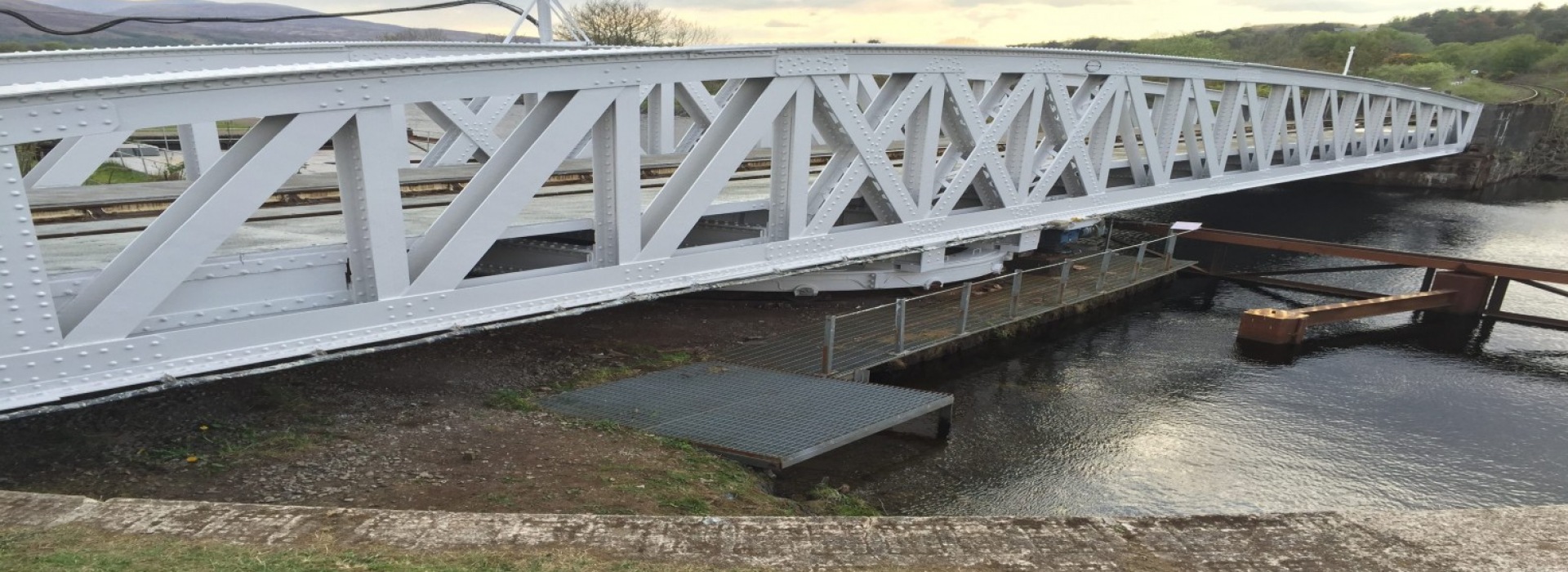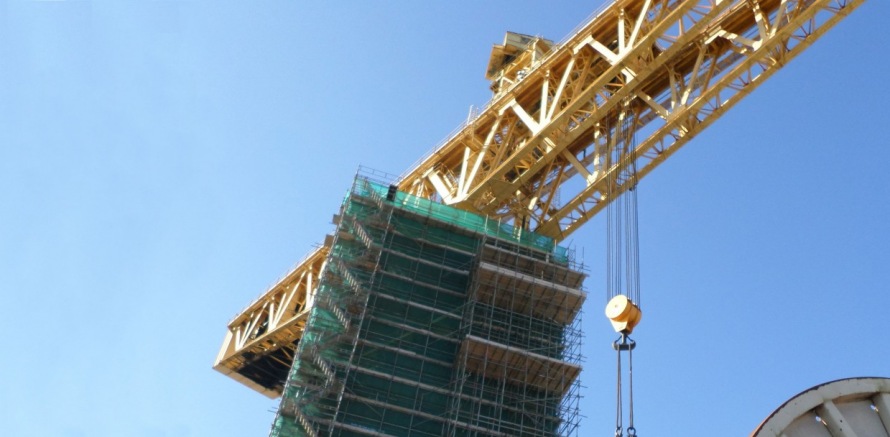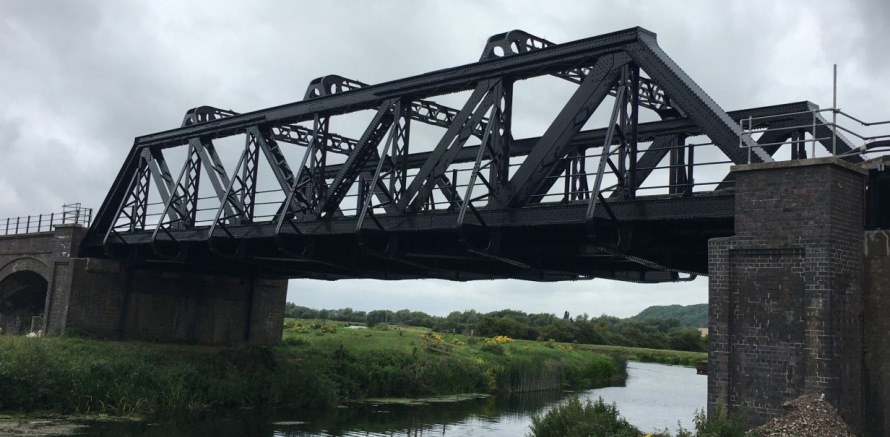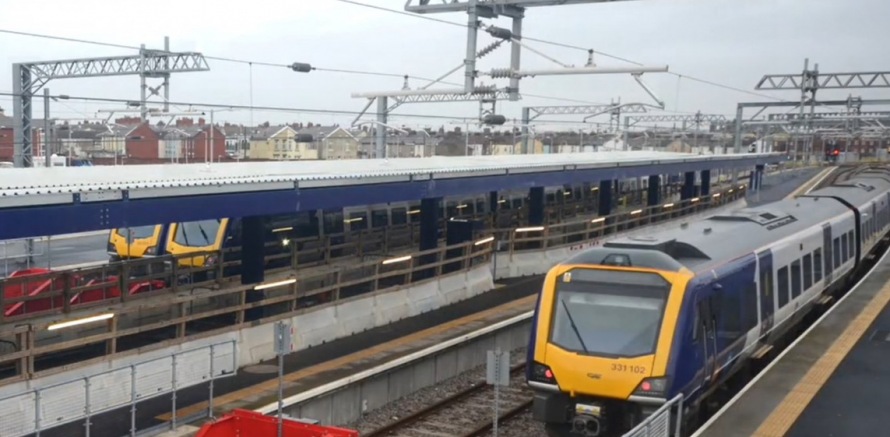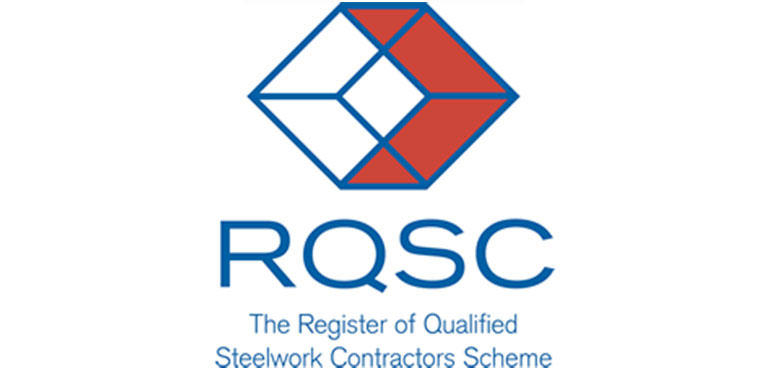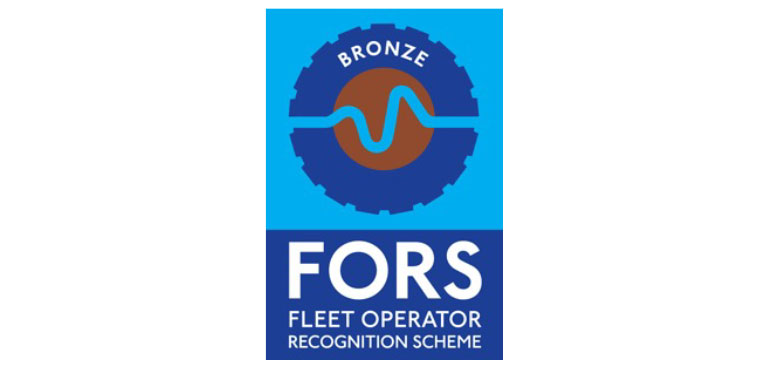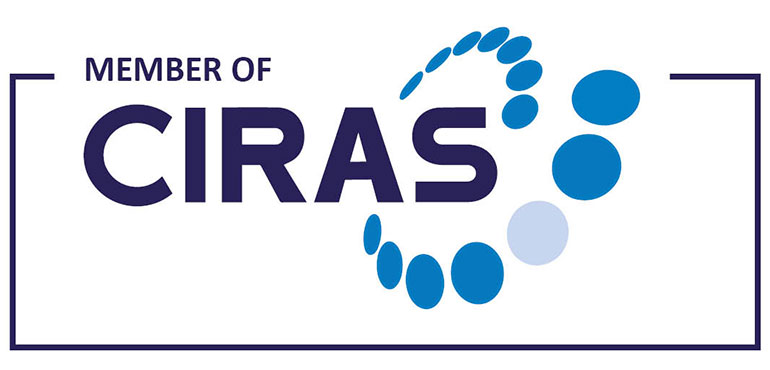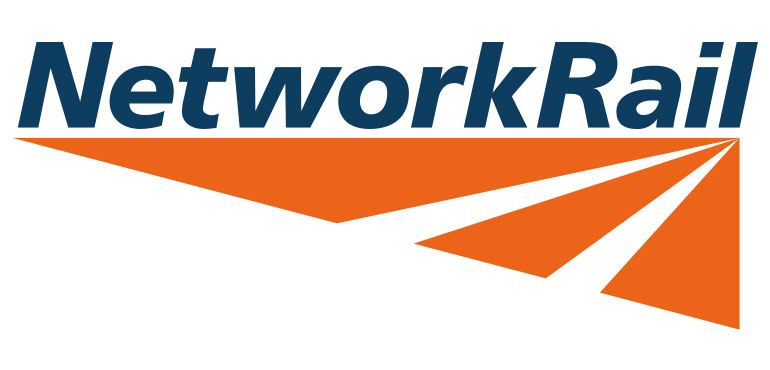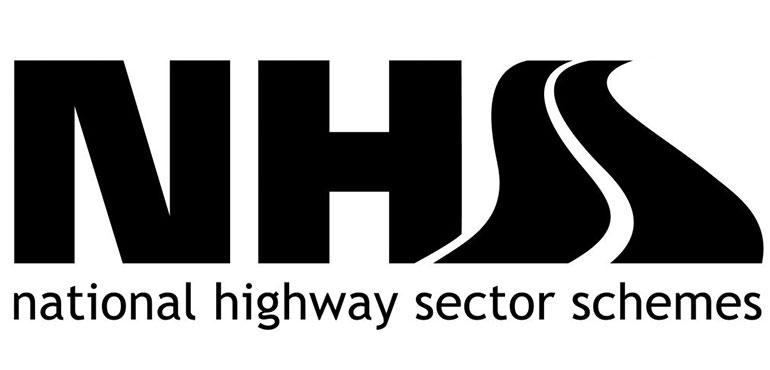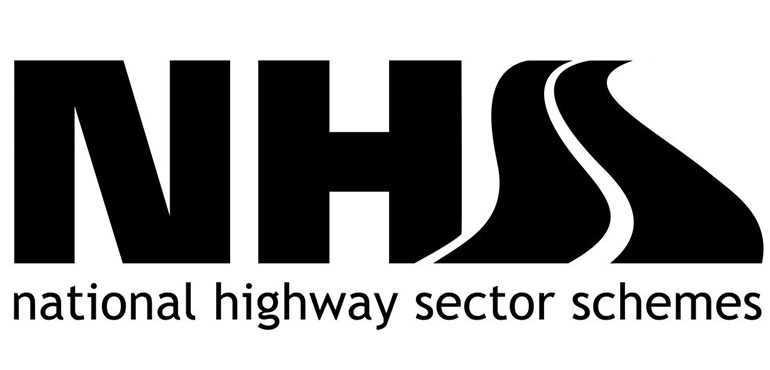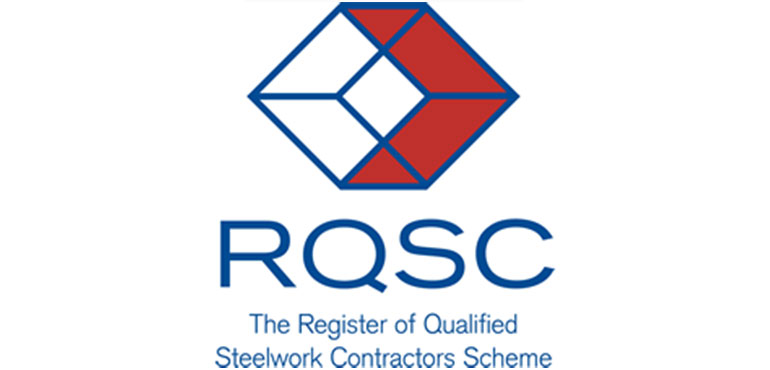Banavie Rail Swing Bridge
The bridge carries the West Highland Line across the Caledonian Canal at Banavie. The line opened in 1901 and was manufactured by Alex Findlay & Co. of Motherwell. The Swing bridge itself is a Category B Listed structure and consists of two asymmetrical hog-backed trusses; which themselves are made up of horizontal bottom chords, arched top chords and steel lattice diagonals and verticals. Taziker was appointed to complete the removal and renewal of the corrosion protection system to all metallic elements to achieve a 25-year design life. Parallel to the structure is A830 Banavie Swing Bridge which allows road traffic to cross the Caledonian Canal. Taziker's refurbishment of the road bridge for Bear Scotland ran concurrently with our Network Rail project.
Added Value
At Taziker, we recognise that working in collaboration with all stakeholders is essential to achieving added value when working with heritage structures and the local community. Due to the structure’s Category B Listed status, the choice of colour required collaboration with the Highland Council. It was decided that the colour would stay the same as it had been previously, this mean that we did not need to apply for listed building consent.
The project required the installation of a new inspection pontoon which would allow the underside of the structure to be accessed when the bridge was in an open position. The installation of these inspection platforms required a great deal of attention from Taziker. This was because despite the bridge being the property of Network Rail, the area the bridge spans onto whilst in the open position belongs to Scottish Canals and the canal itself is a Scheduled Monument. Working over a Scheduled Moment meant that Taziker Industrial have collaborated with Historic Scotland, Scottish Canals, subcontractors and numerous stakeholders in order to organise installation of the inspection pontoon to the client’s specifications whilst ensuring that the integrity of the canal was not compromised.
Learning and Innovation
Whilst we recognise that grit blasting can often be a more efficient method of surface preparation; we opted for mechanical preparation through the use of hand tools for this project. We opted for this alternative in order to meet the client’s requirements. Network Rail could not afford to erect scaffolding and encapsulate the bridge, and also due to the fact that the canal is a registered monument, access could not be agreed between Network Rail and Scottish Canals. We used our previous experience and expertise to arrange a suitable method of surface preparation which did not require scaffolding and encapsulation, which ultimately provided an option which was affordable for the client and suited the restrictions of the site.
Jan 2016 - Apr 2016
The scope of the works included:
The full scope of work for the project was as follows:
- The installation of a new inspection pontoon beneath the footprint of the bridge. This provided ourselves and Network Rail with access for the duration of the works as well as providing access for future inspections
- The removal all vegetation within a three metre radius of the structure and substructure
- The mechanical preparation of the structure to a ST3 profile
- Condition led steel repairs to maintain critical section of steelwork
- General masonry repairs to the substructure
- The application of a suitable paint corrosion system to the structure. As the structure is Category B Listed, consultation with the Highland Council and Scottish Canals was essential regarding the choice of colour for the structure
